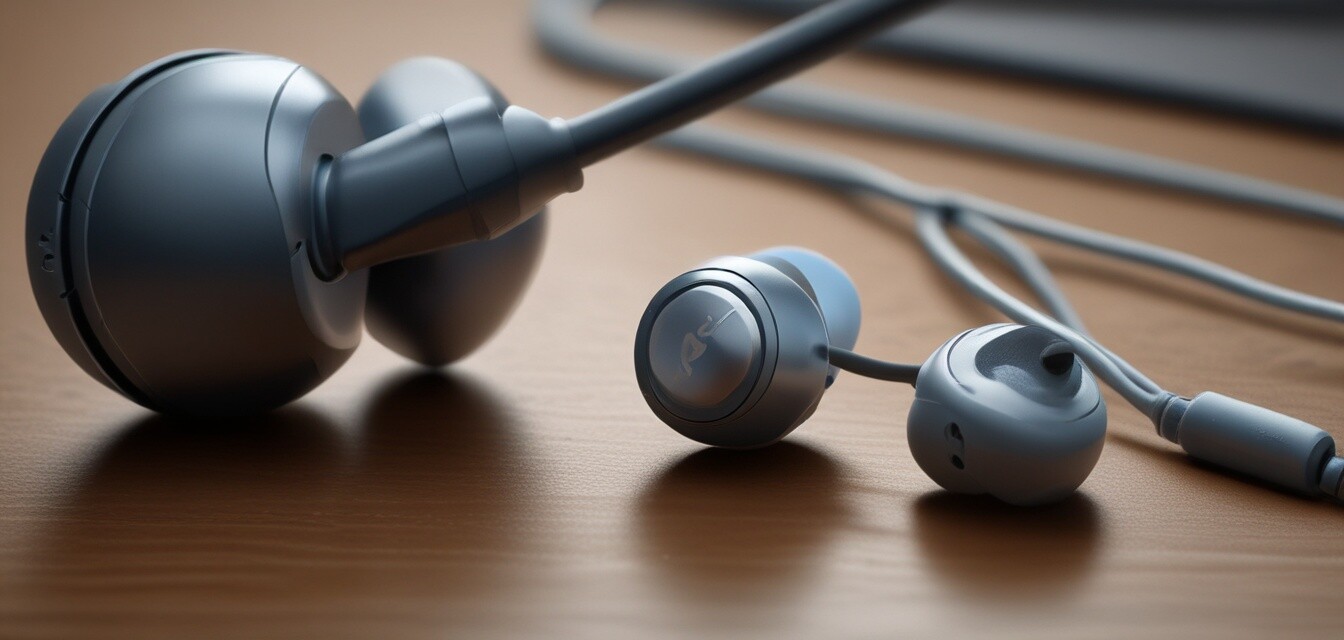
The Science Behind Earbud Impedance
Key Takeaways
- Impedance is a measure of resistance in electrical circuits, typically expressed in ohms.
- Higher impedance in earbuds often leads to better sound quality but requires a more powerful source.
- Understanding the impedance rating helps in choosing compatible devices for optimal audio performance.
- Different devices have varying output impedance, influencing sound quality with different earbuds.
- Choosing the right impedance can enhance the listening experience by matching the source device capabilities.
In the rapidly evolving world of audio technology, understanding the technical aspects of your favorite audio gear is essential. One of the key elements that can significantly affect the performance of earbuds is impedance. In this article, we'll dive deep into what impedance is, how it affects earbuds, and the impact it has on audio quality across various devices.
What is impedance?
Impedance, measured in ohms (Ω), refers to the resistance an electrical circuit offers to the flow of current. It's a crucial factor in audio devices, especially earbuds, as it directly influences how they perform when connected to different sound sources.
Why impedance matters for earbuds
Impedance plays a vital role in ensuring that earbuds can effectively convert electrical signals into sound waves. Depending on the impedance rating, earbuds will behave differently when paired with various devices, which can lead to variations in sound quality and volume levels.
| Impedance Level | Typical Usage | Sound Quality |
|---|---|---|
| 16 - 32 Ω | Portable devices (smartphones, tablets) | Good sound quality at moderate volumes |
| 32 - 80 Ω | Portable and studio devices | Improved sound quality with a dedicated source |
| 80 Ω and above | Professional audio equipment | Exceptional sound quality, requires powerful amplifiers |
How impedance affects performance
The impedance of your earbuds can influence how they perform with various devices. It's essential to match the impedance of your earbuds with the output impedance of your audio source. Below are several ways impedance affects earbud performance:
- Volume Levels: Lower impedance earbuds are generally more efficient and can produce higher volume levels from portable devices.
- Sound Quality: Higher impedance can lead to a richer sound but requires more power to drive.
- Battery Consumption: Lower impedance earbuds may drain the battery of your device more quickly than higher impedance options.
Common impedance ratings and their applications
Understanding the different impedance ratings can help you choose the right earbuds for your devices. Here’s a quick guide:
| Impedance | Best For | Examples of Devices |
|---|---|---|
| 16 - 32 Ω | Mobile devices | Smartphones, Laptops |
| 32 - 80 Ω | Mixing and production | Audio Interfaces, Portables with decent amplification |
| 80 Ω and above | High-end studio work | Professional Audio Gear, Hi-Fi Amplifiers |
Choosing earbuds based on impedance
When selecting earbuds, it's essential to consider the source device's output impedance. Here's a simple guideline:
- Identify the output impedance of your device.
- Check the impedance rating of the earbuds you are considering.
- Choose earbuds with an impedance rating close to or lower than your device for optimal performance.
For more detailed information on selecting the right earbuds, check out our Headphone Buying Guides.
Understanding device compatibility
Different devices have varying output impedances, which can affect the compatibility with your earbuds. Here’s a general overview of how output and impedance ratings interact:
Pros
- Correct impedance matching can lead to better sound quality.
- Higher impedance can improve sound fidelity on professional gear.
- Allows versatility for connecting to various audio devices.
Cons
- Mismatch can result in poor sound performance.
- Higher impedance earbuds may require additional amplification.
- Can be confusing for users new to audio equipment.
Conclusion
Understanding earbud impedance is crucial for audiophiles and casual listeners alike. It affects everything from sound quality to device compatibility. When shopping for earbuds, always consider both the impedance of your source device and the impedance rating of the earbuds to ensure a captivating audio experience.
Discover more about audio quality by exploring our Audio Quality Insights category.